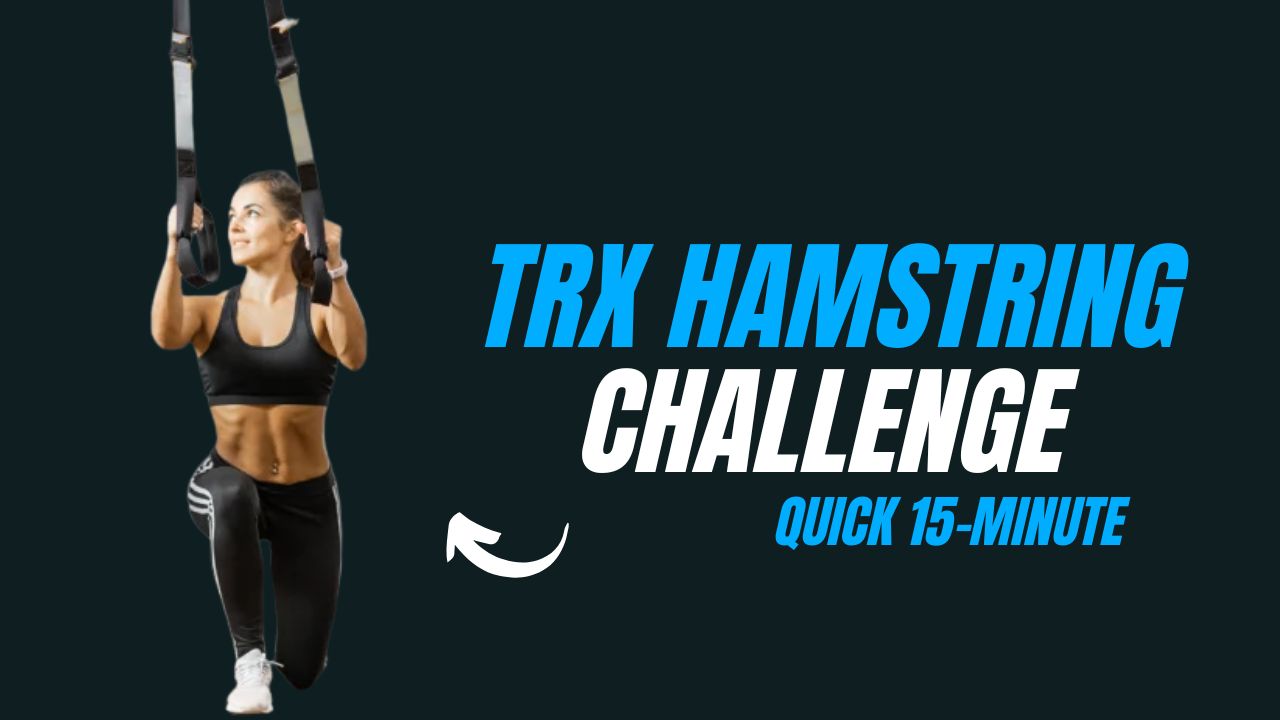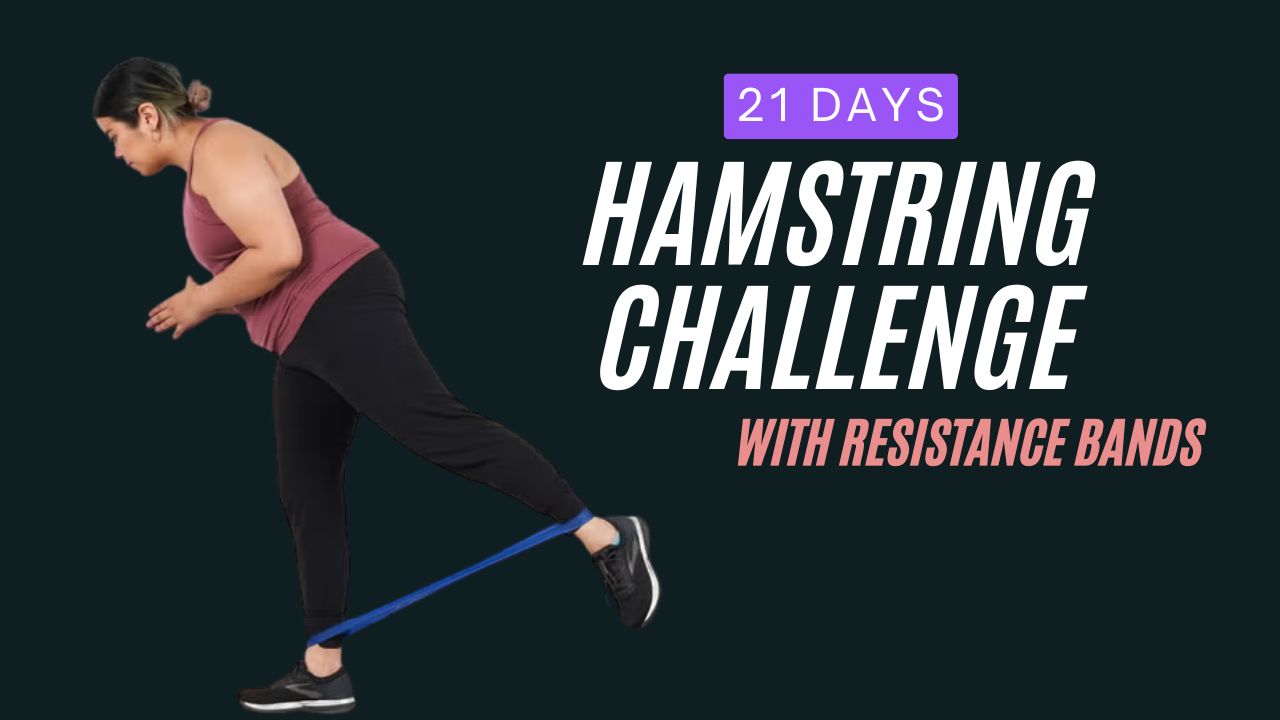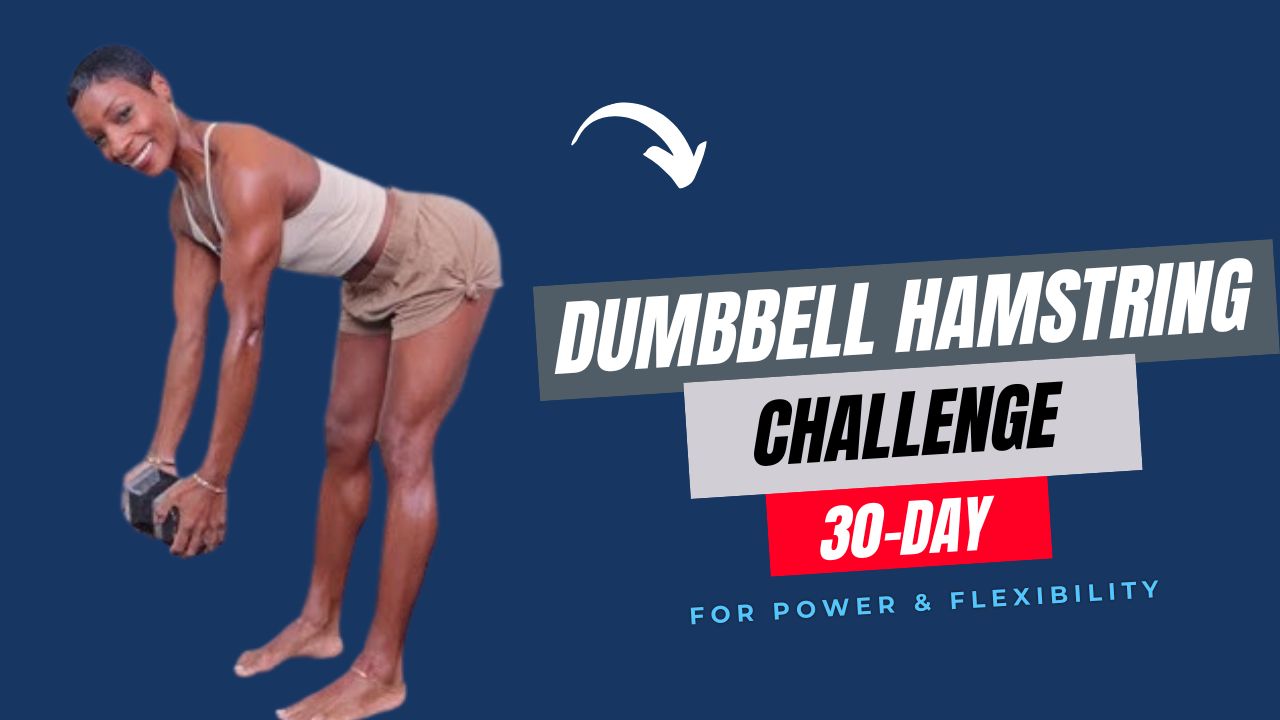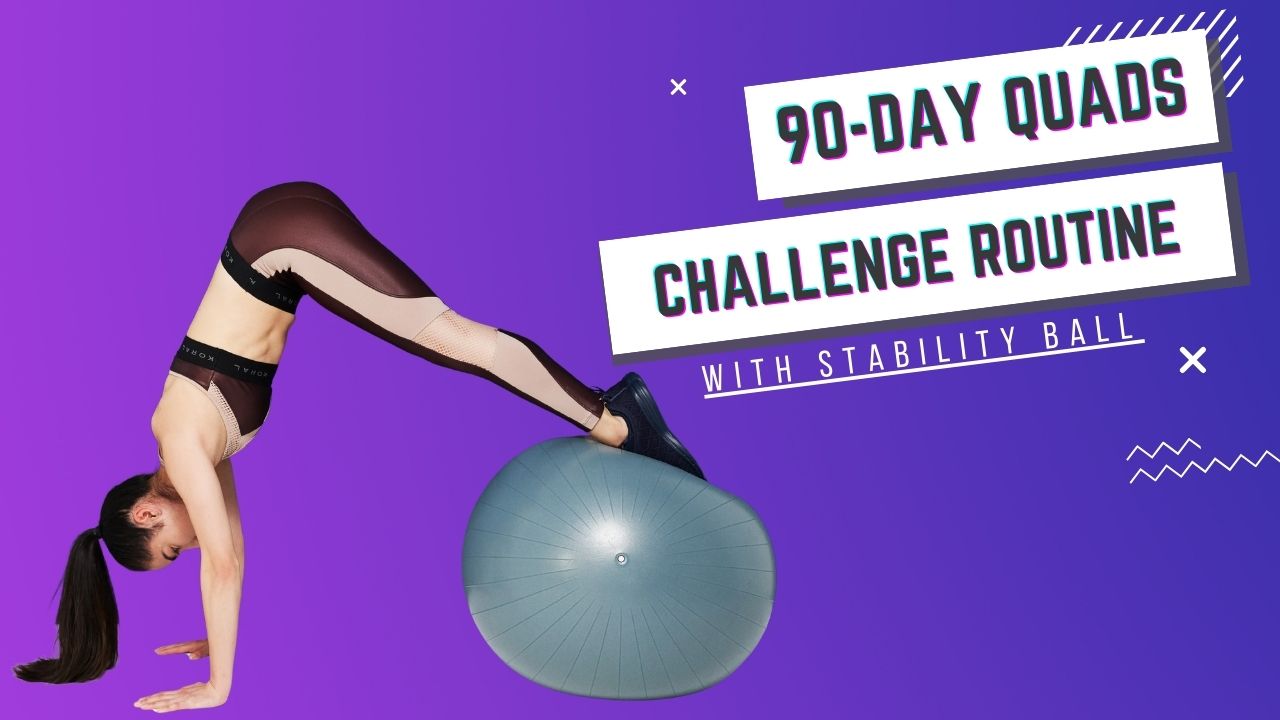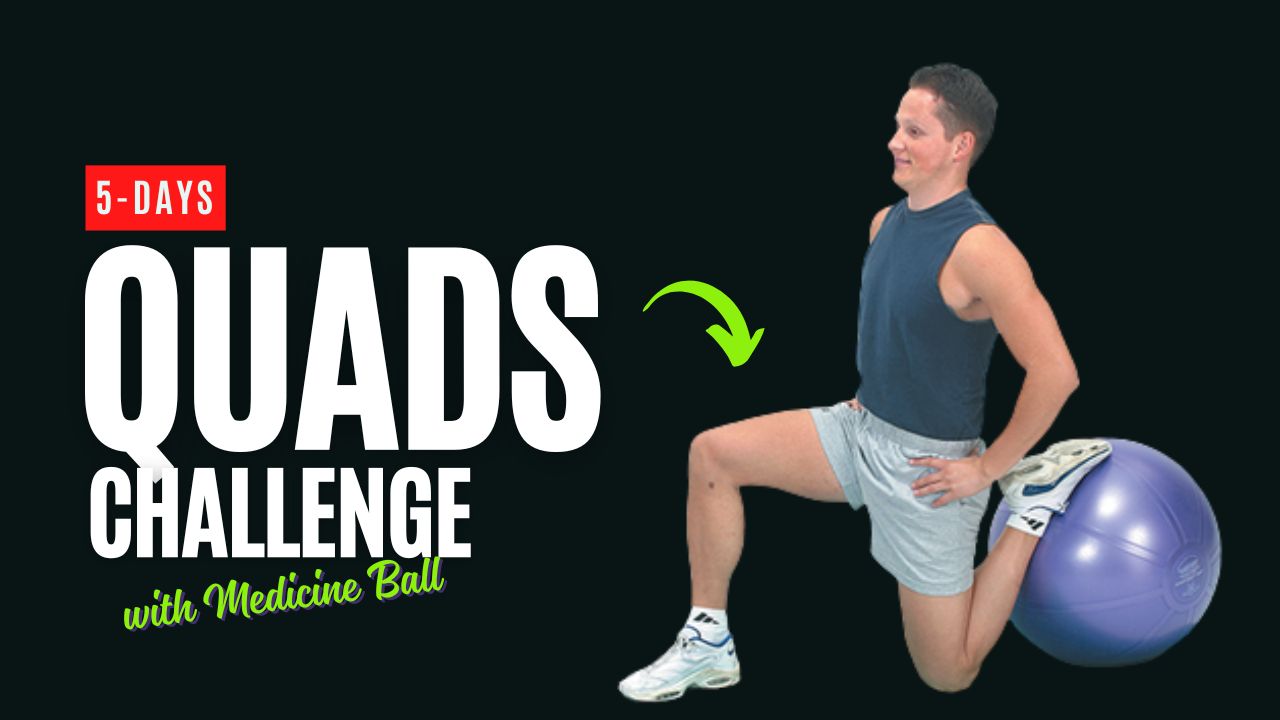Did you know that strong oblique muscles do far more than just create a “V-cut” look on your torso? They play a critical role in balance, posture, and overall athletic performance.
Yet, obliques are one of the most overlooked muscles in most workout routines. Many people train abs endlessly with crunches but forget that obliques are the hidden key to a truly defined and powerful core.
In this guide, you’ll discover how to transform your obliques in just 21 days using the TRX suspension trainer.
We’ll break down the most effective TRX exercises with detailed how-to steps, bust a few common myths about ab training, and finish with a structured 21-day challenge plan you can follow to maximize muscle growth and lean definition.
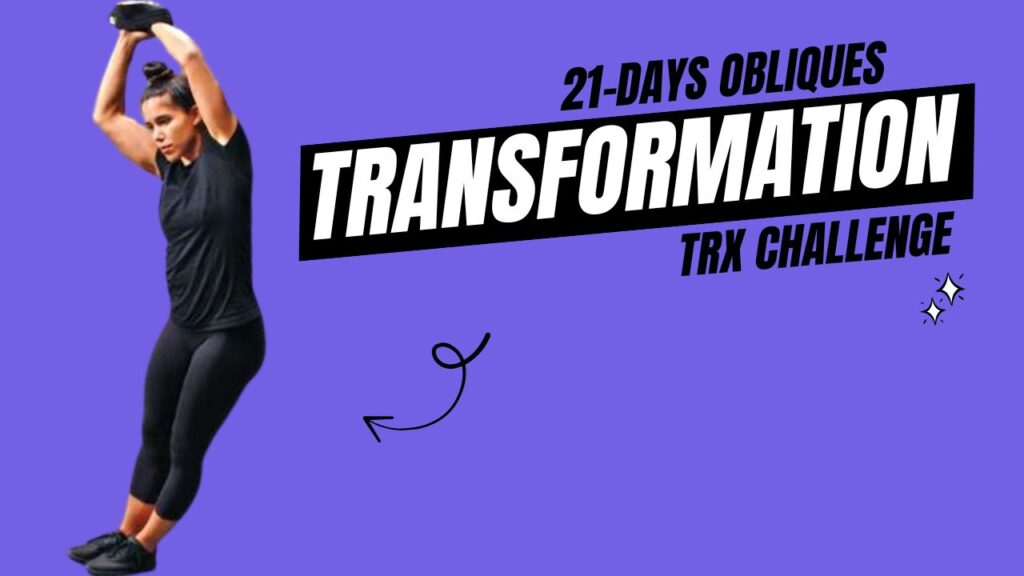
Table of Contents
Why Focus on Obliques with TRX?
Obliques are responsible for rotation, side bending, and core stability. A weak set of obliques can lead to poor posture, lower back pain, and less explosive athletic movements. TRX suspension training is perfect because:
- It uses bodyweight resistance, reducing strain on joints.
- It engages stabilizing muscles, making every rep more effective.
- It allows multiple angles of movement, targeting obliques deeply.
Interesting Fact: Research shows that rotational exercises (like those targeting obliques) stimulate more muscle fibers in the core than traditional crunches.
What Can Happen After 30 Days of TRX Oblique Training
| Positive Changes | Why It Happens |
|---|---|
| Increased oblique definition and visible core lines | Consistent tension and targeted training activate and sculpt oblique muscles. |
| Improved posture and balance | Stronger obliques support spinal alignment and stabilize movement. |
| Greater core strength and stability | Suspension training engages multiple stabilizing muscles with every rep. |
| Enhanced athletic performance in sports | Rotational strength from obliques improves movements like throwing, swinging, and sprinting. |
| Reduced risk of lower back pain | Strong obliques take pressure off the lower back by supporting the spine. |
| Better endurance in daily activities | A strong core allows you to perform tasks with less fatigue. |
| Increased calorie burn and fat loss support | TRX training challenges large muscle groups, boosting metabolism. |
Do’s and Don’ts for TRX Oblique Training
| Do’s | Don’ts |
|---|---|
| Keep your core engaged throughout every exercise. | Don’t let your hips sag during planks or pikes. |
| Focus on controlled movements instead of rushing. | Don’t use momentum to complete reps—it reduces effectiveness. |
| Start with fewer reps if you’re new and build up gradually. | Don’t overtrain—your core needs recovery to grow. |
| Maintain proper breathing (exhale on effort, inhale on return). | Don’t hold your breath, as it can increase tension and fatigue. |
| Use a stable anchor point for your TRX suspension. | Don’t attach TRX to unstable or weak structures. |
| Warm up with mobility drills before starting. | Don’t skip warm-up or cool-down—it increases injury risk. |
| Progress weekly by increasing reps, sets, or time under tension. | Don’t repeat the same rep range forever—muscles adapt and stop growing. |
TRX Oblique Exercises: Step-by-Step “How To” Guide
Below are the most effective TRX oblique exercises for lean muscle growth. For each, we’ll explain what it does and then give you step-by-step instructions.
1. TRX Side Plank with Hip Drop
Description: This exercise isolates the obliques while building stability in the entire core.
How To:
- Place your feet in the TRX handles, lying sideways with your forearm on the ground.
- Stack your feet and keep your body in a straight line.
- Lower your hips toward the floor, then lift them back to starting position.
- Perform controlled reps without swinging.
2. TRX Oblique Mountain Climbers
Description: A dynamic exercise that combines core activation with cardio intensity.
How To:
- Start in a plank position with feet in TRX straps.
- Drive your right knee across toward your left elbow.
- Return to starting position and switch sides.
- Keep movements sharp and hips stable.
Myth Buster: Many believe fast mountain climbers are only for cardio. In reality, controlled cross-body mountain climbers activate obliques more than standard versions.
3. TRX Standing Oblique Rollouts
Description: A challenging move that mimics an ab-wheel rollout but emphasizes the obliques.
How To:
- Stand facing away from the anchor, holding TRX handles overhead.
- Lean forward with straight arms, rolling your body into a plank-like angle.
- Slowly shift your torso diagonally to one side.
- Return to center and repeat on the other side.
4. TRX Side Knee Tucks
Description: A knee-tuck variation that isolates obliques through side crunching motion.
How To:
- Place feet in TRX straps and get into plank position.
- Pull both knees toward your right elbow while rotating your hips slightly.
- Return to starting plank.
- Repeat on the opposite side.
5. TRX Oblique Pikes
Description: Builds core strength and flexibility while targeting obliques during rotation.
How To:
- Begin in plank position with feet in TRX straps.
- Lift your hips into a pike while twisting slightly to one side.
- Lower back down slowly and repeat, alternating sides.
6. TRX Standing Side Lean Crunch
Description: A standing move that allows you to target obliques without lying on the ground.
How To:
- Stand sideways to the TRX anchor, holding one handle overhead.
- Lean away from the anchor, stretching your side.
- Use your obliques to pull your body back upright.
- Perform equal reps on both sides.
7. TRX Oblique Twist (Rotational Press)
Description: A rotational strength exercise for explosive oblique activation.
How To:
- Stand facing sideways to the anchor, holding both TRX handles in front of your chest.
- Rotate your torso away from the anchor while extending your arms.
- Return slowly, resisting the pull of the TRX.
- Keep core engaged throughout.
Did You Know? Athletes in sports like tennis, baseball, and boxing heavily rely on oblique strength for powerful rotational movements.
8. TRX Side-to-Side Plank Swings
Description: Advanced oblique move combining stability and motion.
How To:
- Begin in forearm plank position with feet in TRX straps.
- Swing your legs gently side to side in a controlled manner.
- Focus on engaging obliques with each swing.
- Avoid letting hips drop too low.
9. TRX Oblique Crunch with Rotation
Description: A combination of knee tuck and twist for maximum muscle engagement.
How To:
- Start in plank position with feet in TRX straps.
- Pull knees toward your chest.
- Rotate hips to one side while crunching.
- Return to plank and repeat on the opposite side.
10. TRX Side Standing Power Pulls
Description: This move mimics a one-arm row with a strong oblique twist.
How To:
- Stand facing the anchor, holding one TRX handle with an extended arm.
- Rotate your torso away while extending the free arm backward.
- Pull yourself back upright using core and obliques.
- Perform equal reps on both sides.
The 21-Day Obliques TRX Challenge
Now that you know the exercises, let’s put them into a structured plan. The goal is progressive overload: increasing intensity each week to ensure growth and definition.
Weekly Structure
- Day 1–5: Workout
- Day 6: Active Recovery (light yoga, stretching, or walking)
- Day 7: Rest
Duration Routine in Row Format
Week 1 (Foundation):
- 8–10 reps each exercise, 2 sets
- Focus on form and control
Week 2 (Strength Building):
- 12–15 reps each exercise, 3 sets
- Add slight tempo control (slower lowering phase)
Week 3 (Muscle Growth & Definition):
- 15–20 reps each exercise, 4 sets
- Minimize rest time (30–40 seconds) for endurance + hypertrophy
21-Day Obliques TRX Challenge Table
| Day | Routine | Notes |
|---|---|---|
| 1 | TRX Side Plank with Hip Drop, TRX Oblique Mountain Climbers | Focus on form |
| 2 | TRX Standing Oblique Rollouts, TRX Side Knee Tucks | Controlled motion |
| 3 | TRX Oblique Pikes, TRX Standing Side Lean Crunch | Full range of motion |
| 4 | TRX Oblique Twist, TRX Side-to-Side Plank Swings | Stability + power |
| 5 | TRX Oblique Crunch with Rotation, TRX Side Standing Power Pulls | Explosive strength |
| 6 | Active Recovery (stretching, yoga) | Core mobility |
| 7 | Rest | Recovery is essential |
Repeat this cycle for 3 weeks, progressively increasing reps and sets as outlined.
Conclusion
Training your obliques with TRX suspension is more than just a short-term program—it’s an investment in strength, posture, and functional movement.
Over the past 21 days, you’ve challenged your body through controlled planks, rotations, and dynamic twists, all designed to sculpt lean muscle while building core stability.
If you’ve stayed consistent, you should already notice a tighter midsection, improved balance, and more defined obliques.
But transformation doesn’t end here. Fitness is about progression, not perfection. Once you complete this 21-day routine, you can continue your journey by either:
- Repeating the challenge with added resistance (slower tempos, more reps, or holding positions longer).
- Combining TRX oblique workouts with full-body TRX strength training, ensuring your upper body, lower body, and core grow together.
- Leveling up into a 6-week rotational power program, integrating medicine ball throws, resistance bands, or weighted exercises for even greater oblique development.
The takeaway is simple: consistency wins. If you treat this 21-day challenge as the beginning rather than the finish line, your obliques will keep getting stronger, leaner, and more defined with every phase.
Frequently Asked Questions (FAQs)
Can I really transform my obliques in 21 days?
Yes, 21 days is enough to feel stronger and notice early definition, but full transformation depends on your consistency, diet, and overall fitness level. This challenge is designed to kickstart results quickly.
Do I need prior TRX experience to follow this program?
No, beginners can follow along. Each exercise is scalable—focus on slow, controlled movements before progressing to higher reps or sets.
How many calories will I burn doing TRX oblique workouts?
It varies depending on intensity, body weight, and rest times. On average, a 30–40 minute TRX core session can burn between 250–400 calories.
Can TRX training replace traditional ab workouts?
Yes, TRX can fully replace or complement traditional ab routines. Because it engages stabilizing muscles, it often provides deeper activation than crunches or sit-ups.
Will TRX oblique exercises reduce belly fat?
Directly, no. Spot reduction is a myth. However, TRX training boosts calorie burn and muscle development, which helps reduce overall body fat when combined with proper nutrition.
How often should I do this 21-day challenge?
Follow the plan as structured—five active workout days, one active recovery day, and one full rest day each week. This balance prevents overtraining and promotes growth.
What if I can’t complete all reps at first?
That’s completely normal. Start with fewer reps or sets, then gradually increase. The goal is steady progress, not perfection on day one.
Do I need any additional equipment besides TRX?
No, a suspension trainer is all you need. A yoga mat may add comfort for ground-based movements, but it isn’t essential.
Can women do this obliques challenge?
Absolutely. These exercises are safe and effective for both men and women. In fact, oblique training is particularly beneficial for improving posture and core stability for everyone.
What should I do after completing the 21 days?
You can repeat the challenge at a higher intensity or move on to a 6-week progressive TRX core program that integrates rotational strength, resistance bands, or added weights.





